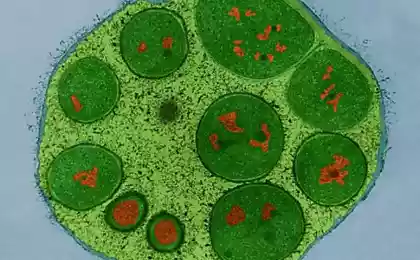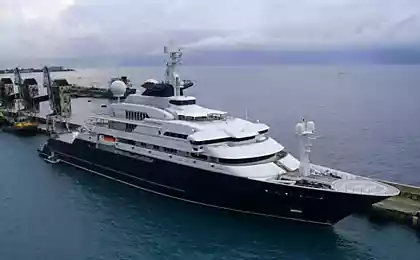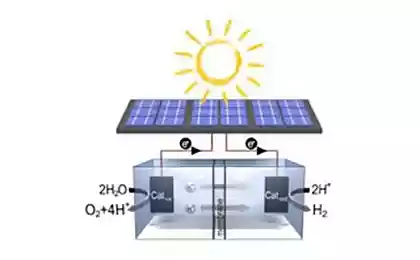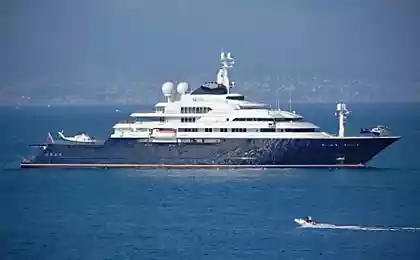874
The first moments of photosynthesis calculated on a supercomputer

The scheme of complex LHC-II to collect light energy: chlorophyll a shows a turquoise color, chlorophyll b - green i>
Photosynthesis in plants and animals - the absorption of the reaction center of the body of energy quanta of light with its conversion and accumulation of the chemical form. Synthetic organic substances are then fuel into intracellular responses.
Реакционный Center - high protein superkompleks fotosobirayuschih with multiple antennas. Scientists still continue to study its structure and functionality. Maybe, someday will make a synthetic analogue with the same high efficiency. A joint team of scientists from the University of the Basque Country (Spain), University of Barcelona (Spain), Lawrence Livermore National Laboratory (United States, Halle-Wittenberg University (Germany), the University of Liege (Belgium) and Coimbra University (Portugal) contributed to this study by examining fotosobirayuschih building complex LHC-II (Light Harvesting Complex II) with chlorophyll. The simulation LHC-II launched several powerful supercomputers in Europe at the same time.
For more information about creating code for Octopus distributed supercomputing network described in other scientific article . The developers managed to create a reliable computer model of the processes of quantum mechanics, the reaction taking place in the complex during photosynthesis.
The illustration below shows an example of a simplified simulation, adaptive grid for the chlorophyll molecule a i> to the distance between the nodes 0, 5 Å and a radius of 2, 5 Å. Each color corresponds to a region that can be transferred for the calculation of a separate processor for massively parallel of the calculation on one or several supercomputers at the same time.

Complex LHC-II operates in the first step of photosynthesis in plants and consists of 000 17 atoms. Not known for certain how exactly are quantum processes in this complex when entering the photon theory although there is reliable in this respect.
Through parallelization process, scientists were able to run the emulation on several supercomputers, which operates in parallel. The experiment involved a German supercomputer Juqueen (458,752 cores), the Italian Fermi (163,840 cores), German Hydra (65,320 cores), Catalan MareNostrum III (48,896 cores) and other supercomputers, established in European universities.
The main objective was to optimize the code for the Octopus, to study it in a real distributed system, and choose the correct parameters of the program. Simulation of the whole molecule LHC-II - impossible task, so the scientists used a model 5759, 4050 and 6075 atoms. Today it is the most large-scale simulation of the process of photosynthesis in a complex LHC-II.
Through the experiment failed to confirm the theory that describes the reaction of photosynthesis inside the LHC-II in the first 15 femtoseconds after receipt of a photon.
Due to Moore's Law and code optimization Octopus hope that soon it will be possible to emulate the process of photosynthesis to complete molecule with all the atoms of 17 000. Moreover, free software can use Octopus scientists from other countries to distributed computing and the simulation of other molecules besides LHC-II.
The scientific results were published in an article & quot; Insights into colour-tuning of chlorophyll optical response in green plants a > & quot; i> in the journal Physical Chemistry Chemical Physics i> July 17, 2015, article in the open access ().
Source:
Neural network creates a picture in the style of Van Gogh and Picasso
All BMW vehicles will switch to electric traction for ten years























